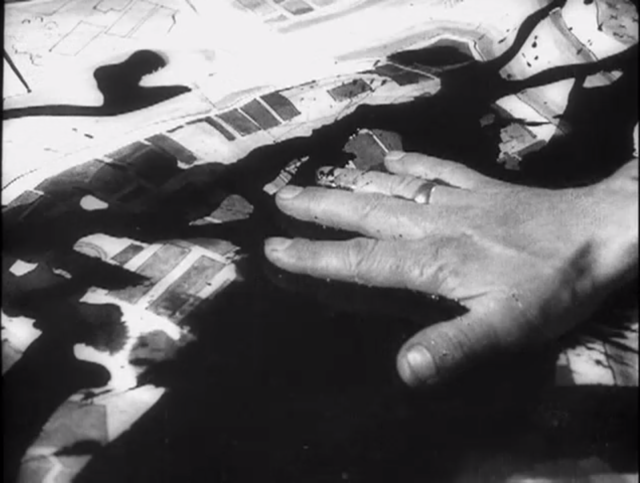
There was also a rising tide of interest in the early Soviet avant-garde during the 1960s. But whereas Ivan seemed to many outdated, ‘operatic’ in a bad sense, Strike was almost like a ‘new wave’ film avant la lettre, perfectly at home in the world of Makavejev, Godard, May ’68, Ciné Tracts, and even Sam Fuller. That had only just emerged in the wake of the Khruschev ‘thaw’, which had also liberated the second part of Eisenstein’s Ivan the Terrible, banned by Stalin in the mid-1940s. First there was Peter Wollen’s terrific essay in Signs and Meaning in the Cinema (1969-1972), which made a radical case for reassessing Eisenstein, very much inspired by the belated discovery of his first film Strike. I think it was a conjunction of new approaches to Eisenstein that opened up at the end of the 1970s, making him seem very different from the rather monumental figure created by the original Film Society generation. What in Eisenstein’s work triggered your personal interest in that early phase?Ĭhristie: Good heavens! That’s nearly as long as the poor man lived. NECSUS: You have been working on Sergei Eisenstein since the 1970s, so almost 50 years. Christie wrote about one of them, Robert Paul, for a book coming out next year the research was accompanied by a blog (see ). The second half of the interview is devoted to a reflection on film studies in the 1970s in the UK, with Screen and Laura Mulvey and Peter Wollen and early cinema studies in the 1990s, sparked by film’s centennial and drawing attention to UK film pioneers. In 1988 he curated an exhibition titled Eisenstein: His Life and Art, and in 2016 he curated another exhibition in London titled Unexpected Eisenstein.
#Moulin rouge soviet montage and post classical style series#
Other fields such as his engagement with Europa Cinemas, of which he was the President, his interest in production design (books on John Box), and the more general work around the long tail of film history in the digital age could not be touched upon in this relatively short interview.Īs 2017 was an Eisensteinian year in many ways, we started the interview with a series of questions on Sergei Eisenstein, whose work Christie has been studying since the 1970s with Richard Taylor, he published Eisenstein Rediscovered (1993).


We focused mainly on his work on Eisenstein and early cinema. He took the time to discuss some of the fields he is active in, but this is by no means exhaustive: the interview could have easily been three times as long if we wanted to cover every aspect of his activities. We caught up with Ian between a visit to the Giornate del Cinema Muto in Pordenone, teaching at Birkbeck, UC London, and lectures on projection and Powell/Pressburger in the UK. Martin Scorsese and production design, early British cinema and Sergei Eisenstein, the Archers and contemporary European film culture – Ian Christie is as versatile as he is prolific.


 0 kommentar(er)
0 kommentar(er)
